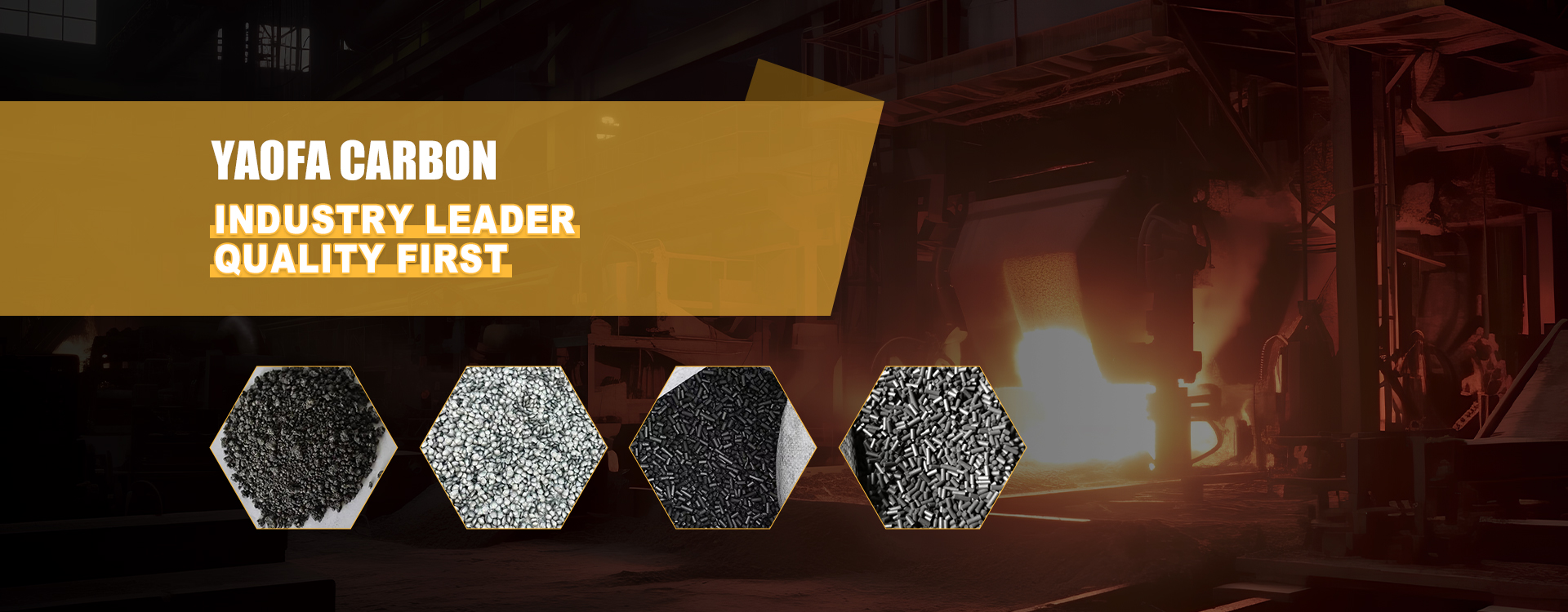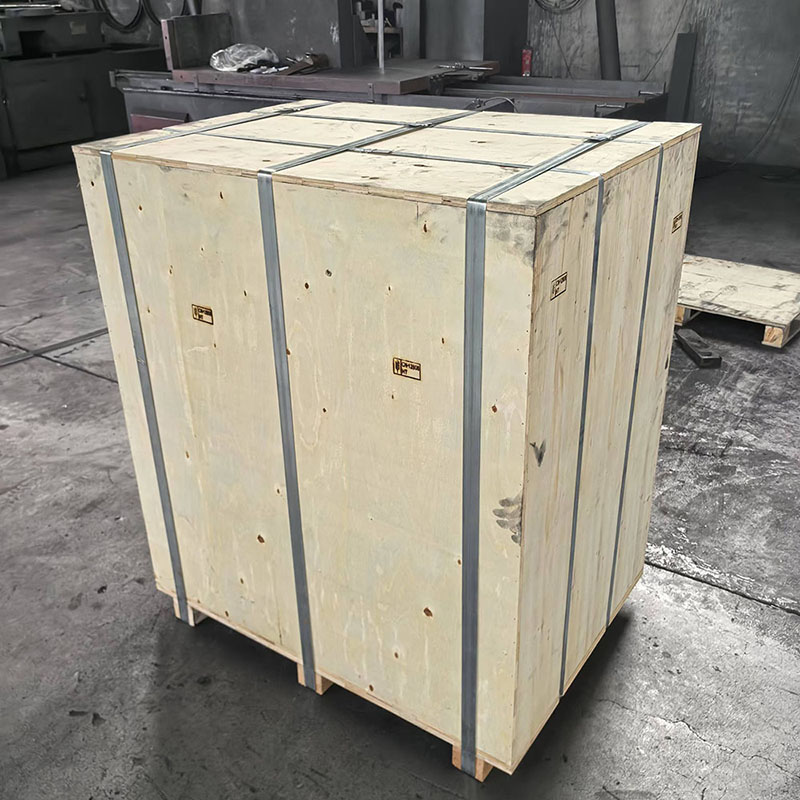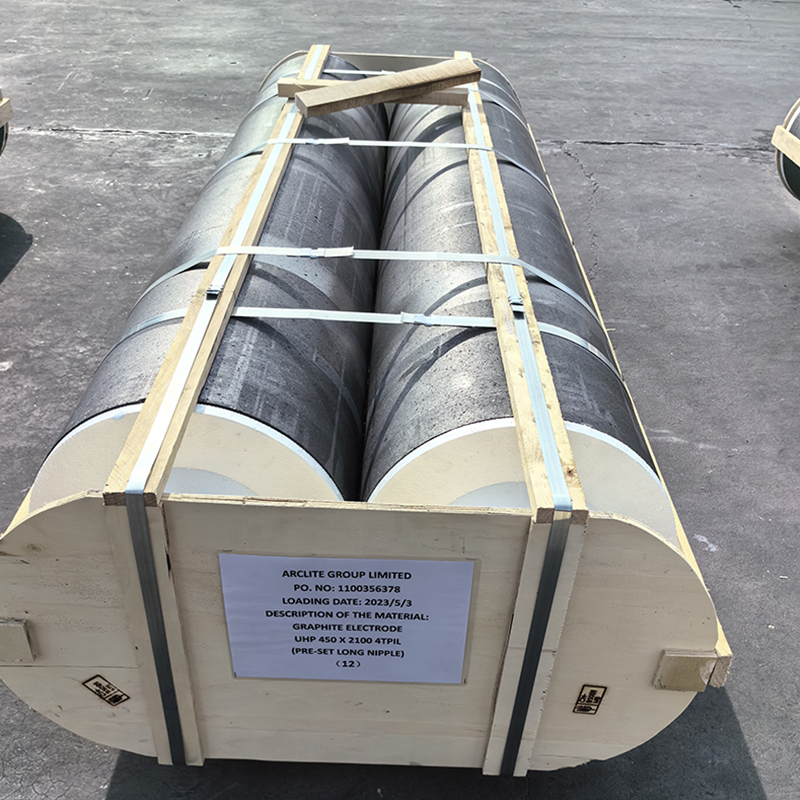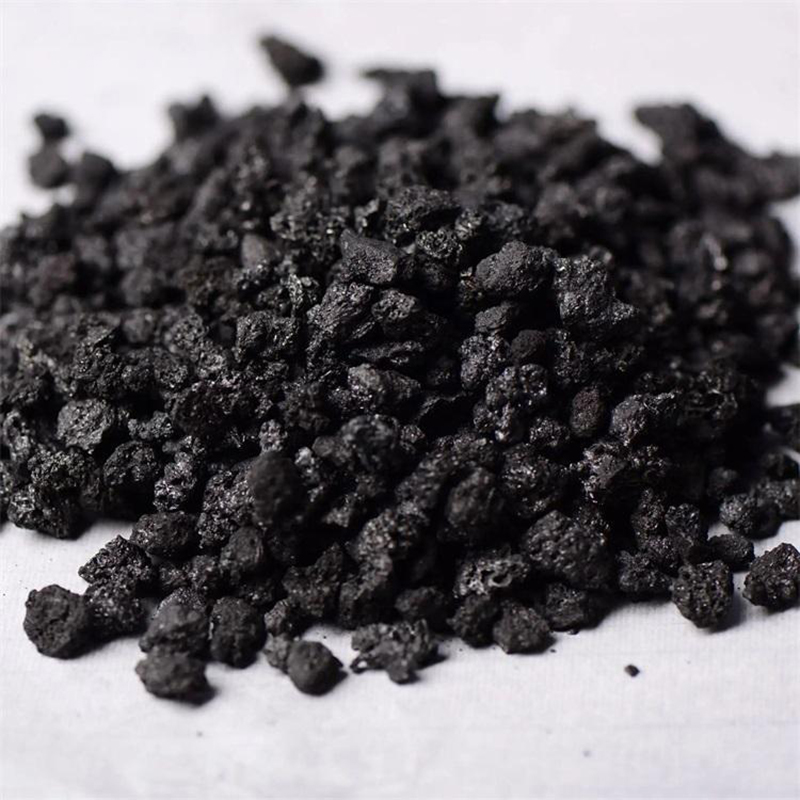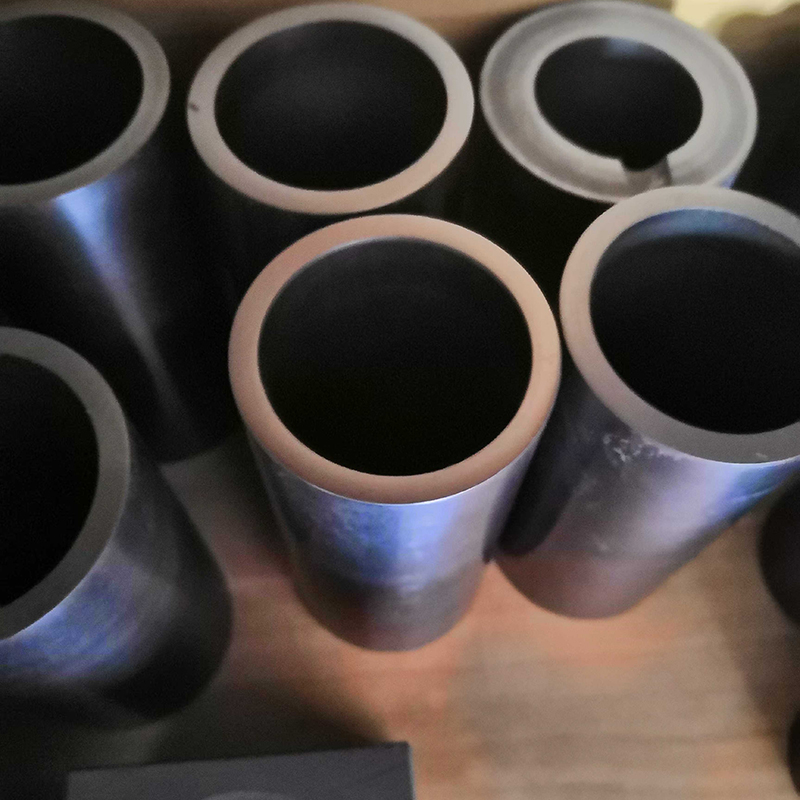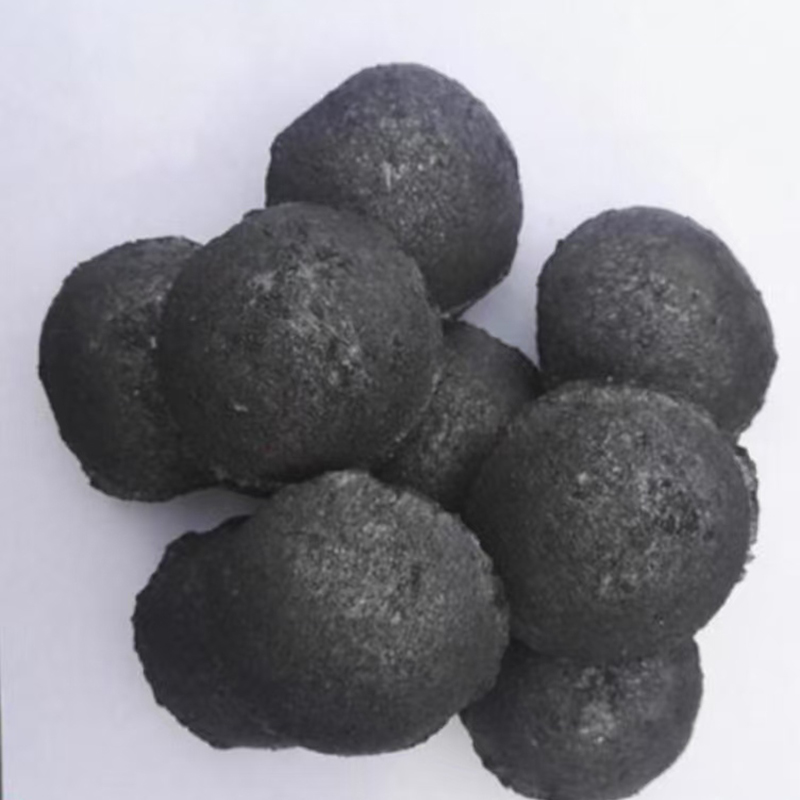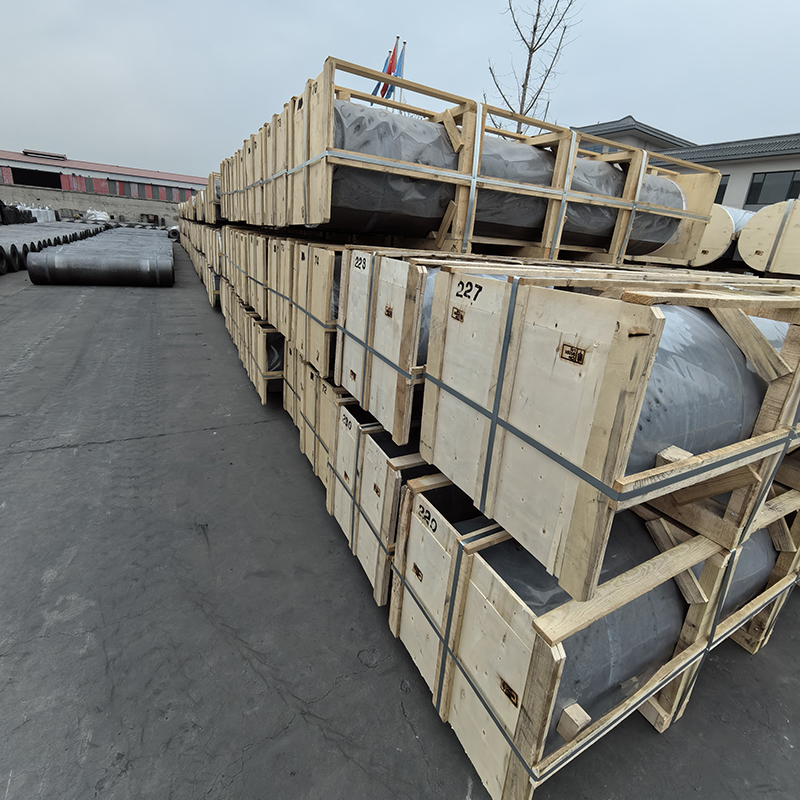- Chinese
- French
- German
- Portuguese
- Spanish
- Russian
- Japanese
- Korean
- Arabic
- Irish
- Greek
- Turkish
- Italian
- Danish
- Romanian
- Indonesian
- Czech
- Afrikaans
- Swedish
- Polish
- Basque
- Catalan
- Esperanto
- Hindi
- Lao
- Albanian
- Amharic
- Armenian
- Azerbaijani
- Belarusian
- Bengali
- Bosnian
- Bulgarian
- Cebuano
- Chichewa
- Corsican
- Croatian
- Dutch
- Estonian
- Filipino
- Finnish
- Frisian
- Galician
- Georgian
- Gujarati
- Haitian
- Hausa
- Hawaiian
- Hebrew
- Hmong
- Hungarian
- Icelandic
- Igbo
- Javanese
- Kannada
- Kazakh
- Khmer
- Kurdish
- Kyrgyz
- Latin
- Latvian
- Lithuanian
- Luxembou..
- Macedonian
- Malagasy
- Malay
- Malayalam
- Maltese
- Maori
- Marathi
- Mongolian
- Burmese
- Nepali
- Norwegian
- Pashto
- Persian
- Punjabi
- Serbian
- Sesotho
- Sinhala
- Slovak
- Slovenian
- Somali
- Samoan
- Scots Gaelic
- Shona
- Sindhi
- Sundanese
- Swahili
- Tajik
- Tamil
- Telugu
- Thai
- Ukrainian
- Urdu
- Uzbek
- Vietnamese
- Welsh
- Xhosa
- Yiddish
- Yoruba
- Zulu
- Kinyarwanda
- Tatar
- Oriya
- Turkmen
- Uyghur

graphite plate electrode
The Role of Graphite Plate Electrodes in Modern Industry
Graphite plate electrodes might seem specialized, but their impact across various industries is undeniable. Dive into an insider's view of how these components contribute to fields from metallurgy to electronics.
Introduction to Graphite Plate Electrodes
Having worked in sectors relying heavily on carbon products, I've seen how pivotal graphite plate electrodes are. They're not something that only exists on paper; these are foundational, particularly in processes like electrolysis. Yet, misconceptions abound. People often lump them with other carbon materials without recognizing their unique properties and applications.
One common misunderstanding lies in their durability. Many assume graphite is fragile, yet these plates prove otherwise. In a high-temperature setting, they show resilience, thanks to their crystal lattice structure. It's always fascinating to witness this material’s performance in a real-world context, contradicting its reputation.
Hebei Yaofa Carbon Co., Ltd., with its two decades of experience, exemplifies the depth of quality found in the manufacture of these electrodes. The company's products often find their way into high-stakes applications, demonstrating both reliability and efficiency—a combination not easy to achieve without substantial expertise and a rigorous production process.
Applications in Electrochemical Processes
For the uninitiated, the use of graphite plate electrodes in electrochemical processes might sound arcane. However, these components are vital in industries like electroplating and battery manufacturing. Why graphite? Its conductivity and resistance to corrosion are unparalleled in many respects, a fact often understated in general discussions.
In practice, you’ll find graphite electrodes offering a stable conductive path, crucial for efficiency. The smooth operation of an entire setup often hinges on such details, which brings us to the heart of operating costs. Effective electrodes reduce energy waste—an area companies consistently aim to optimize.
Take a hypothetical assembly line upgrading from metal electrodes to graphite ones. The change, you might observe, lies not just in performance but in longevity and maintenance costs, both of which tend to favor graphite. This is where Hebei Yaofa Carbon Co., Ltd. makes a significant impact by providing versatile materials suitable for varied industrial needs.
Adapting to High-Temperature Environments
In environments with extreme temperatures, such as steel manufacturing, graphite plate electrodes come into their own. The capacity to endure without degrading significantly is a pivotal consideration. Many companies turn to Hebei Yaofa Carbon Co., Ltd. for their product excellence, knowing these electrodes must hold up against both thermal and mechanical stress.
There's a subtle art in selecting the right grade of graphite for high-temperature applications. Miss this, and efficiency drops, wearing out the electrodes faster. This is why an informed decision, leveraging manufacturers with a robust track record, becomes critical. The mechanical integrity and thermal properties must align perfectly with industrial demands.
Consider a scenario where temperature spikes unexpectedly—having a reliable graphite electrode could mean the difference between a safe operation and a costly shutdown. These real-world challenges put the onus on both manufacturers and users to choose wisely.
Challenges with Graphite Electrode Applications
Sometimes the application isn't as straightforward as placing an order and installing the electrodes. Challenges may arise from unexpected electrochemical reactions. Navigating these pitfalls without prior experience can lead to inefficiencies, as I've seen in a few case studies across my career.
Material compatibility is one issue often overlooked. Just because graphite is a broadly used material doesn't mean it fits seamlessly into every operation. Understanding nuances—like how it interacts with different chemicals—is crucial for optimal use. Oversights here can lead to diminished performance.
Thankfully, companies like Hebei Yaofa Carbon Co., Ltd. provide invaluable support, extending beyond mere sales to consultation and specialized services. Their long-standing presence in the market equips them with insights necessary to guide effective implementation.
Future Trends and Innovations
Looking ahead, innovations in graphite electrodes are set to evolve. Companies are exploring enhancements in conductivity and durability, spurred by technological demands. Hebei Yaofa Carbon Co., Ltd. appears to be at the forefront, adapting its product lines to meet industry shifts—a strategic move.
There's a palpable shift towards sustainability, propelling the development of eco-friendlier products. The carbon industry is no exception, with ongoing research into alternative materials and eco-conscious production processes. This trend underscores a broader move to reconcile industrial needs with environmental responsibilities.
Ultimately, it's an exciting time for the graphite industry. With firms like Hebei Yaofa Carbon Co., Ltd. leading the charge, the prospects for graphite plate electrodes featuring improved performance and eco-friendliness seem not just a possibility but an approaching reality.
Related products
Related products